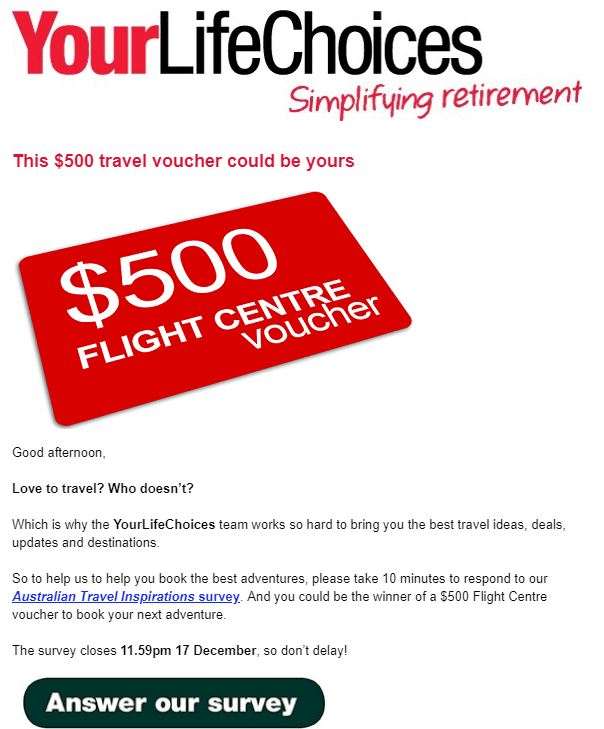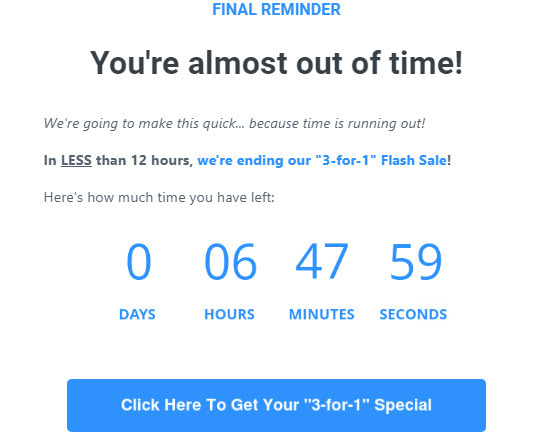There are people who don’t see the difference between a sales email and SPAM. Most of them don’t even want to open it unless they know the person who the message is from.
However, behavioral psychology has provided us with a huge number of efficient tools that let us capture our recipients’ attention and captivate their interest.
Crafting a well-performing sales email entails a large number of variables.
First off, you need to design your message so that it outsmarts the SPAM folder.
Secondly, you need to make an actually good offer, so that your prospects find your product appealing. But more importantly, we need to leverage the findings in psychology to make the email attractive to the very core of what makes us human — our biases.
The two facets of good intentions
There are two curious cognitive biases that humans are prone to and both of them revolve around doing a favor. They are called the foot-in-the-door technique, and the law of reciprocity.
The former historically stems from Ben Franklin’s observation on the fact that a person that has already done you a small favor in the past will be more ready to do you another, than he whom you yourself have obliged.
Be a taker
So the central idea behind this the foot-in-the-door technique is starting out with a small request, which then escalates to a bigger one. Here is an example of how you can approach writing a cold email based on a typical scenario.
Case — You work in sales for a B2B software company.

Example Email
Hello, %Recipient_Firstname%
I saw that you’ve been using {your competitor’s product}. Just wanted to quickly ask you about how happy you are with {competitive feature}?
I’m asking because our company has released a product that is considerably better at {solving a common industry issue}. Would love to hear your feedback.
Cordially, %Sender_Name%
Be a giver
On the other hand, there is an approach that calls for reciprocity, which suggests that before asking for a favor, it’s always a good idea to provide the recipient with some value, in order to give him some motivation to assist you.
The principle of reciprocity suggests that we are more inclined to do a favor in return for a favor done in the past. It is imperative that your small favor provides the recipient with actual value.
Here’s an example of how the reciprocity effect can be put to work.

Example Email
Hi, %Recipient_Firstname%
I saw that you’ve been using {your competitor’s product}. Just wanted to quickly ask you about how happy you are with {competitive feature}?
We’ve written an in-depth article about how {your brand} tackles {industry issue} better than {competitor}. We know that you’re an avid Medium user, so we’ve uploaded a copy of it to the platform for your perusal.
*link to the article*
Thank you so much for your time!
Cordially, %Sender_Name%
Daniela McVicker, the Top Writers Review editor, reminds marketers not to overuse these tricks: “Both techniques revolve around the fact that people want to be nice to one another, this is why it is important not to betray their trust. Use these principles as tools, not as weapons.”

Brevity
One essential aspect that you need to take into consideration when designing a cold email is brevity. There’s no “trick” behind it. However, it relates to attention, a central figure of human cognition.
Your email isn’t important simply because it landed in the recipient’s inbox, which is pretty much the only reason they consider opening it. Your message is being assigned a short amount of attention. If you bore them — you lose them.
This is why it is always a good idea to start off with the conclusion of your message and make it quick. Start off by informing the person who you are and why you’re contacting them.
Fear of missing out
The practice of stimulating the users’ fear of missing out, otherwise known as FOMO, is common practice, which has been proven to work numerous times. So how does FOMO work exactly?
This practice is widely used in marketing emails and newsletters. It is designed to awaken a subtle sense of anxiety that exciting events may be taking place outside their immediate proximity when they see a post on social media or any other medium. Here’s a very straightforward example of a text that invokes FOMO:
“Just two seats left!”
Although there’s nothing sophisticated about the way this sentence is worded, it awakens a sense of desire to partake in the activity, due to its popularity and scarcity. Here’s an example of how we can use FOMO in a sales email:

Example Email
Hi, %Recipient_Firstname%
I saw that you’ve been using {your competitor’s product}. Just wanted to quickly ask you about how happy you are with {competitive feature}? We’re preparing to release our new product that performs better at {solving a common industry issue}.
We are now offering free trials for our service to executives. It’s a limited offer, we’re giving it away to 100 people only, it’s available until {date}. Executives from {company 1}, {company 2}, and {company 3} are already on board.
Cordially, %Sender_Name%
There is a number of essential components that this email contains, which can enhance the FOMO effect in the recipient:
- Mention a deadline. This will increase urgency.
- Suggest that this is a limited offer with a limited number of seats.
- It’s exclusive. The offer is available to a select group of people that meet particular qualifications.
Consider experimenting with waiting lists. They also place your potential customers in a loop of constant awareness about your products, which is exactly what you want.

Leverage the power of sales email
Writing an effective sales email is not something you should do on the spur of the moment. It requires planning and strategic thinking. There’s more to it than just saying what you want to sell or what you have to offer.
Try applying the tips above. Make your email scannable and concise, but don’t forget that it has to invoke a light sense of interest and anxiety. This gives you a better chance of succeeding in your intentions.